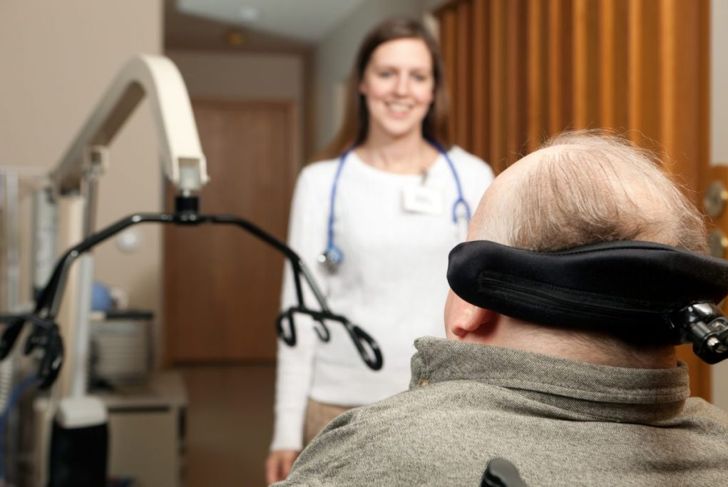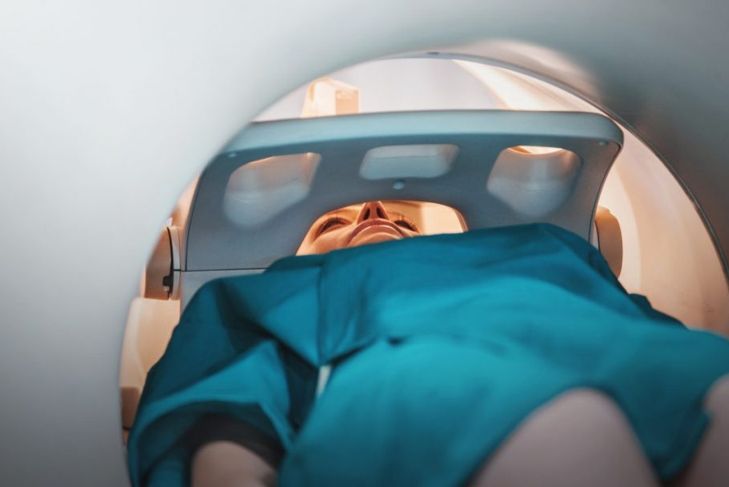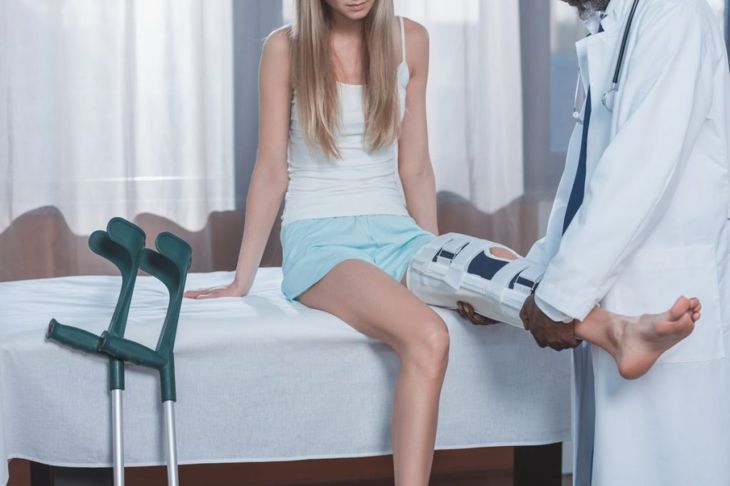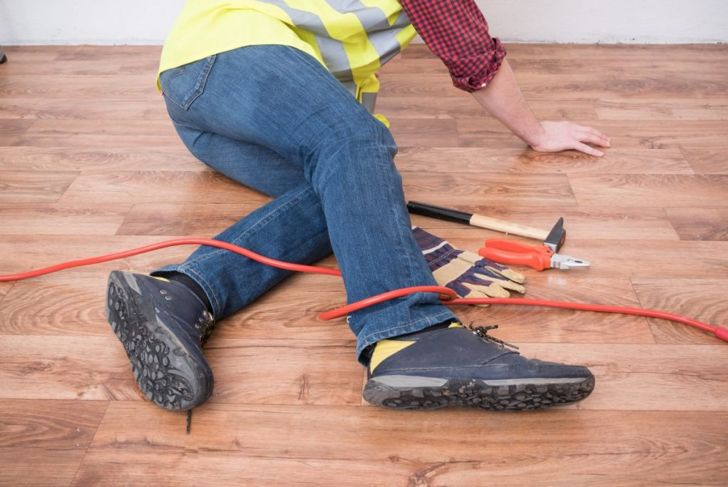Gait refers to how a person walks. An intricate set of movements, the process relies on the muscles, ears, eyes, and brain. As such, walking difficulties can result when something compromises any of these systems — especially if the individual or medical professionals fail to address the underlying issue. Depending on the specific cause, abnormal gait may be temporary or permanent. Many cases are self-correcting; for those that are not, doctors can attempt a variety of treatment options.
What is Abnormal Gait?
Abnormal gait is a term used to describe unusual walking patterns. Typically, this occurs when the body systems responsible for proper movement fail to coordinate. As a result, there are noticeable abnormalities in one’s gait. Depending on the severity, this may lead to an increased risk of falls and injuries.
Different Types of Abnormal Gait
There are several different types of abnormal gait, including spastic gait, steppage gait, scissors gait, waddling gait, magnetic gait, and propulsive gait. Categorized based on their appearance, each has its own unique set of symptoms. In addition to the above-mentioned types, limps—whether they are due to an injury or condition—are also considered a deviation from normal walking patterns.
Symptoms of Abnormal Gait
The most common symptoms of abnormal gait include difficulty walking, unsteadiness, and trouble with balance; depending on the cause, these may be temporary or long-term. In addition, individuals may experience light-headedness, dizziness, double vision, motion sickness, and vertigo. If an underlying condition is to blame, the person may also have symptoms of this illness.
Causes of Abnormal Gait
Several conditions can cause abnormal gait—most of which affect the legs or nervous system. These include arthritis, multiple sclerosis, Parkinson’s disease, cerebral palsy, gout, muscular dystrophy, vertigo, and peripheral neuropathy. In some cases, medications such as anti-hypertensive drugs also result in temporary gait issues. Abnormal gait may also stem from injuries to the legs or feet. For instance, it is not uncommon for individuals to walk awkwardly if they have suffered a broken bone. Fortunately, these cases are often temporary and gait corrects itself once the injury heals.
When to go to the Doctor
People who experience any unexplained or uncontrollable gait abnormalities should speak to a doctor. At the doctor’s office, the physician can make a proper diagnosis by taking a thorough medical history and performing a physical exam. If the situation is not self-correcting, the doctor may recommend medical treatment or the use of devices such as leg braces, casts, or special shoes.
Diagnosing Abnormal Gait
Medical professionals diagnose abnormal gait by conducting physical and neurological examinations. They may observe how an individual walks to get an idea of their walking pattern; MRI or CT scans help examine the brain and spinal cord. To determine the underlying cause, a physician may perform hearing tests, vision tests, or inner ear tests; electromyograms can evaluate muscle or nerve damage. If the underlying cause is a recent injury, imaging tests will show the extent of the damage.
Treating Abnormal Gait
Treating an abnormal gait depends on the underlying cause. For instance, if gait issues are due to broken bones, a cast will help to hold them in place until they heal. In other cases, individuals may require physical therapy or surgery to help return their gait to normal. Unfortunately, however, not all cases are curable or reversible; this is often the scenario for inherited conditions. Nonetheless, these people can benefit from assistive devices such as leg braces, walkers, crutches, or canes.
Home Care for Abnormal Gait
Generally speaking, it is important to encourage individuals with an abnormal gait to resume daily activities, after removing tripping hazards such as cables and wires. If the gait issues are due to an acute injury, analgesics are an option for reducing pain. Ice will also help alleviate swelling and inflammation.
How to Prevent Abnormal Gait
Preventing walking abnormalities caused by medical conditions or genetics is difficult. Individuals can, however, prevent abnormal gait due to injury. For instance, it is important always to wear protective gear when playing sports, including proper footwear during any physical activity. Leg braces may also help in some cases.
Outlook
Some underlying causes of abnormal gait are short-term and easy to treat, while others are more permanent. If uncorrected over time, an individual’s atypical walking pattern may lead to pain and aches throughout the body. Fortunately, however, there are many effective treatments available to alleviate symptoms; physical therapy also helps lower the risk of falls and injuries.

 Home
Home Health
Health Diet & Nutrition
Diet & Nutrition Living Well
Living Well More
More




















